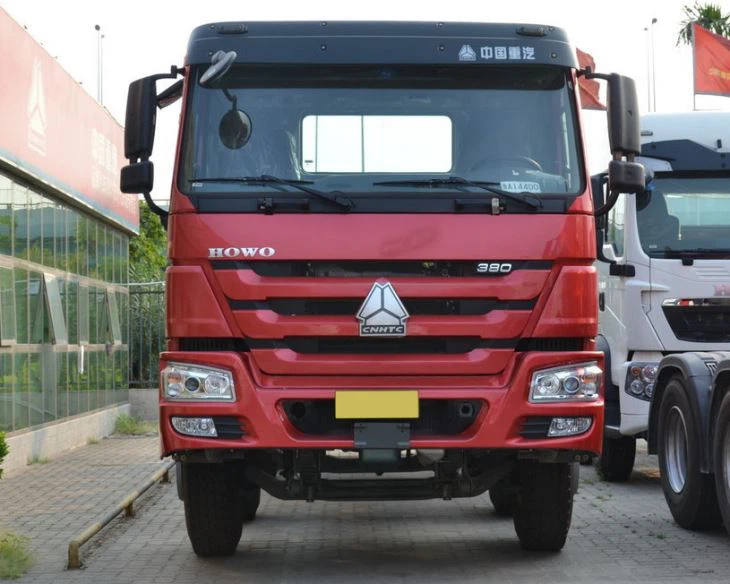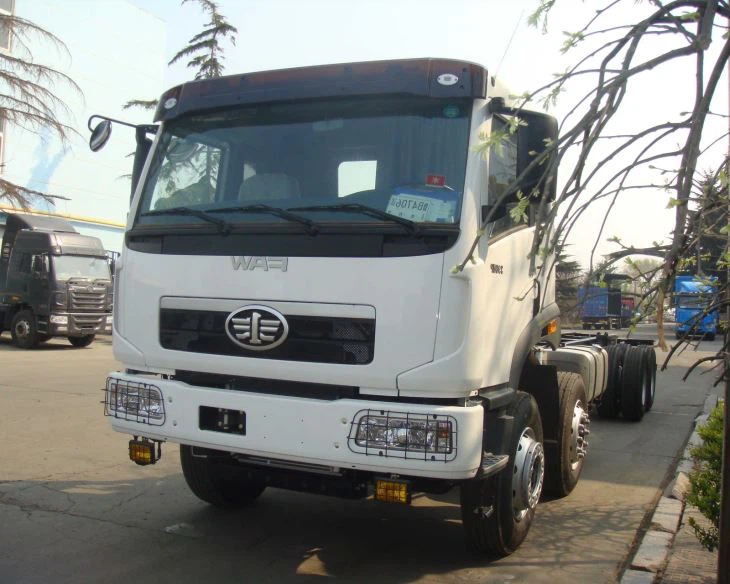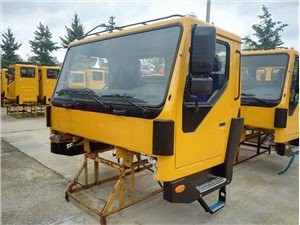Ultimate Guide to Roll Offs in the USA: Everything You Need to Know

In today’s rapidly evolving world, effective waste management is crucial for maintaining a clean environment and supporting sustainable practices. One method that has gained popularity for both residential and commercial needs is the roll-off dumpster service. This article aims to provide a comprehensive guide on roll offs in the USA, covering everything from their purpose to how to choose the right service.

What is a Roll-Off Dumpster?

A roll-off dumpster is a large, open-top container that is typically used for collecting and transporting waste and debris. These dumpsters are delivered to the desired location, filled with waste, and then picked up to be disposed of properly. They are commonly used in construction sites, home renovations, or large cleanouts, catering to a variety of needs.
Key Features of Roll-Off Dumpsters
- Open-top design for easy loading and unloading.
- Variety of sizes, from 10 to 40 yards or more.
- Wheeled for easy movement.
- Roll-off mechanism for easy delivery and pickup.
Why Use Roll-Off Dumpsters?
Roll-off dumpsters are advantageous for various reasons. Here are some key benefits:
1. Convenience
One of the most significant advantages of using a roll-off dumpster is the convenience it offers. You can have it delivered to your site or home, allowing you to load debris at your own pace.
2. Cost-Effective
Although there may be upfront costs for renting a dumpster, they can save you money in the long run by eliminating the need for multiple trips to the landfill or disposal site.
3. Efficiency
Roll-offs allow for efficient waste collection, making it easier to manage large quantities of debris, especially during construction or renovation projects.
Choosing the Right Roll-Off Service
Selecting the right roll-off service involves several factors. Here’s what to consider:
1. Size of the Dumpster
Roll-off dumpsters come in various sizes, typically ranging from 10 to 40 yards. Choosing the right size is crucial to avoid overpaying or running out of space. Here’s a table for size reference:
| Size (in yards) | Capacity (in tons) | Perfect for |
|---|---|---|
| 10 | 1-2 | Small cleanouts, light renovation |
| 20 | 2-3 | Medium-sized renovations, garage cleanouts |
| 30 | 3-4 | Larger remodels, heavy landscaping |
| 40 | 4-5 | Major construction projects |
2. Pricing Structure
The cost to rent a roll-off dumpster can vary based on size, rental duration, and location. Be sure to ask about:
- Base rental fees
- Weight limits and overage charges
- Additional fees (delivery, pickup, etc.)
3. Type of Waste
Different roll-off services may have restrictions on the type of waste they can accept. Be sure to clarify what types of materials are allowed, such as:
- Construction debris
- Household items
- Yard waste
- Electronics
How to Rent a Roll-Off Dumpster
Renting a roll-off dumpster is a straightforward process. Here’s a step-by-step guide:
Step 1: Evaluate Your Needs
Assess your project type, the amount of waste you expect, and the size of the dumpster you will need.
Step 2: Research Local Services
Search online for roll-off dumpster services in your area. Check reviews and compare pricing.
Step 3: Request Quotes
Contact multiple providers to obtain quotes and discuss your project needs. Ensure that you understand their pricing structure and terms.
Step 4: Schedule Delivery
Once you select a service, schedule a delivery date. Ensure you have space for the dumpster where it will be placed.
Step 5: Fill the Dumpster
Fill the dumpster based on the provided guidelines. Ensure that the load is level and within the weight limits.
Step 6: Schedule Pickup
After you finish loading, contact the company to arrange for pickup. Some services allow pickups at any time you finish.
Tips for Efficient Use of Roll-Off Dumpsters
To maximize the efficiency of your roll-off dumpster rental, consider these tips:
1. Sort Your Waste
Separate recyclable materials from non-recyclables before loading the dumpster. This helps reduce landfill waste.
2. Load Strategically
Place heavier items at the bottom and create a level load. Avoid overloading the dumpster to comply with regulations and avoid extra fees.
3. Know Your Local Regulations

Check with local authorities about regulations regarding roll-off dumpsters. Some locations may need permits.
Common Mistakes to Avoid
1. Underestimating Dumpster Size
Choosing a size that’s too small can lead to overloading, additional fees, and even delays in your project.
2. Ignoring Prohibited Items
Filling dumpsters with prohibited waste can lead to fines or charges for improper disposal. Always clarify what’s allowed.
Environmental Impact of Roll-Off Dumpsters
Understanding the environmental implications of using roll-off dumpsters can guide a cleaner waste management approach.
1. Promoting Recycling
By using roll-off dumpsters for recyclable materials, you can facilitate recycling efforts and reduce waste.
2. Reducing Landfill Burden
Roll-off services often partner with recycling centers, ensuring that waste is processed sustainably and minimizing landfill overuse.
FAQs About Roll-Off Dumpsters
1. How long can I keep a roll-off dumpster?
Most rental agreements allow you to keep a dumpster for a week, but additional time can often be arranged for an extra fee.
2. What should I not put in a roll-off dumpster?
Common prohibited items include hazardous materials, tires, electronics, and appliances. Always check with your provider for a complete list.
3. How much does it cost to rent a roll-off dumpster?
Rental costs vary based on size, rental duration, and location but typically range from $300 to $800 for standard sizes.
4. Can I place a dumpster on the street?
Placing a dumpster on the street may require obtaining a permit from your local government. Always check local regulations before placement.
5. What if my load exceeds the weight limit?
If your load exceeds the weight limit, you may incur additional fees. It’s best to weigh your waste and consult your service provider.
6. Can I rent a roll-off dumpster for a one-time event?
Yes, roll-off dumpsters can be rented for one-time events such as festivals, community clean-ups, or large gatherings.
